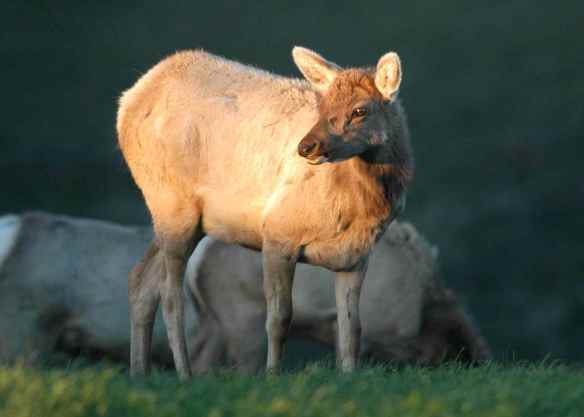If any animal ought to be able to expect a safely uneventful life, it’s the compact, guinea-pig-adjacent tuco-tuco. These South American rodents live in burrows underground, popping up into the dangerous above-ground just long enough to grab some veggies for dinner and then retreating again into their tunnels. Male tuco-tucos have the occasional reckless phase, during which they travel above-ground in search of tunnels inhabited not by familiar females but by attractively novel females; but aside from that, they stay underground.

Wild tuco-tuco. Photo by Anand Varma, former member of the Lacey lab; http://www.varmaphoto.com/
Perhaps it’s fitting, then, that the danger also came from underground, pushing through its own tunnels, burrowing upwards like a hungry tuco-tuco. Late on June 2nd, 2011, and continuing through June 3rd, in the area around the Puyehue-Cordón Caulle volcanic complex in Chile, more than one thousand earthquakes shivered the earth. They came more and more frequently, until by midday June 4th they were coming more than twice per minute, a near-constant shuddering.
At 3:15pm a spot on the mountain exploded and sent a 5km-wide ash and gas plume into the sky.









